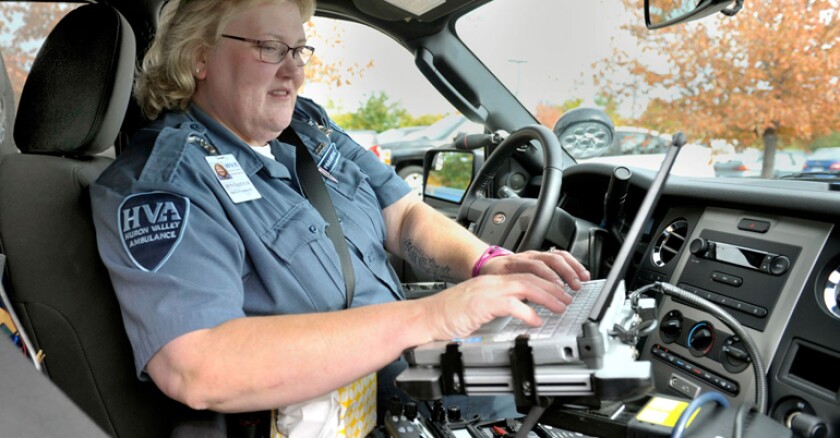Now a new approach is showing promise in reducing visits to the ER by what the Centers for Medicare and Medicaid Services calls “super-utilizers,” typically defined as those who use emergency services four or more times a year. The National Conference of State Legislatures estimates that up to 27 percent of all visits to ERs are for nonemergencies. But so-called community paramedic programs are finding new ways to manage these frequent flyers.
Minnesota has been a pioneer in community paramedicine. Under its program, a hospital will typically identify four or five super-utilizers who need a managed care approach. Then community paramedics will go into those people’s homes to look not only at their overall health issues but also at factors like safety precautions and nutrition. Through the program, Minnesota has seen ER use by super-utilizers decrease by 60 to 70 percent.
Community paramedics are generally more seasoned emergency medical services personnel who have undergone training to help them identify community-based health needs. “We’re not asking them to do a brain transplant,” says Jim Dunford, the EMS director for San Diego, which has a community paramedicine program that’s part of a state-launched pilot covering nine cities. “The majority of issues that confound our health-care system are social ones. We need to be teaching our patients to connect the dots.”
San Diego’s program uses data to help determine whether a community paramedic should show up at a scene where 911 has been called. “All of the data that resides in these 911 systems gives us the ability to identify individuals who have been using services in the last week, the last six months, the last year,” says Dunford. “We can look at factors like: Do they have co-occurring illnesses? Are they over 65?”
Some of the big insurance players involved with government health-care programs are starting to get in on the action as well. Blue Cross and Blue Shield of New Mexico has begun pilot programs for its Medicaid patients in a few of the state’s more urban areas. The company says a group of patients identified in one of the programs has cut its ER use by 60 percent. One former super-utilizer hasn’t been to the ER in the 11 months he’s been enrolled in the program, says Kerry Clear, the company’s manager of community social services.
In setting up its program, Minnesota included legislation that allows the state’s Medicaid program to reimburse community paramedic services. But most of these programs are either subsidized by ambulance companies operating under fixed-price contracts or funded by grants from foundations or the federal government. In San Diego, whose program is funded through an ambulance service, Dunford is optimistic that the results from the pilot will encourage lawmakers in Sacramento to follow Minnesota’s lead.
The success of the community paramedic model has many EMS directors encouraged that this could be the future of emergency care. On the federal level, U.S. Sen. Al Franken of Minnesota has introduced legislation advocating for community paramedicine nationwide. That’s an idea that appeals to people like Clear. With the number of primary-care physicians at an all-time low, he says, “we all know prevention is key to keeping our communities healthy.”









